Trout Fishing In Ponds: 9 Tips From Experts
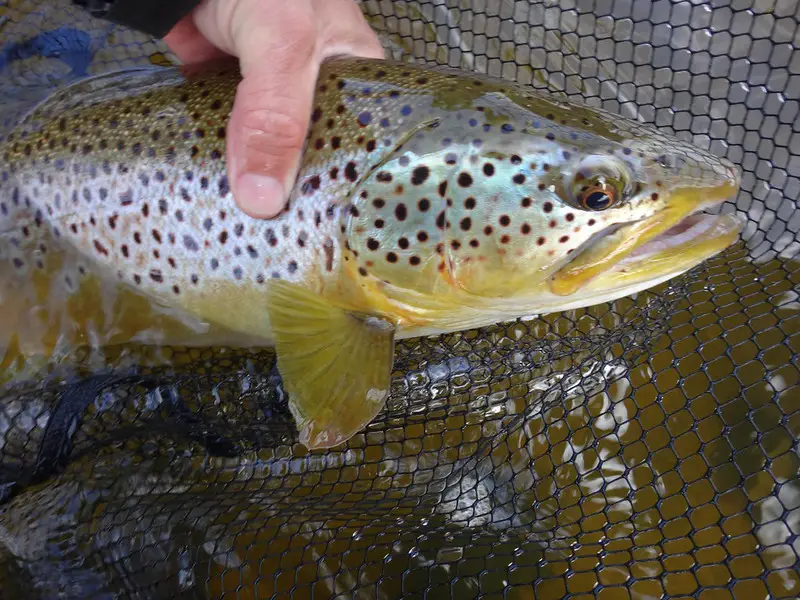
Mastering the art of trout fishing in ponds requires understanding the unique behaviors and habitats of the trout and their surroundings. Whether I am targeting stocked trout or native populations, using the tactics and techniques that good anglers and trout guides use will ensure I catch more trout.
Even simple things like using the right hook and the right size leader can make a huge difference.
In this guide, I will cover how I find trout in open water, where I concentrate my efforts, and how I find the most productive areas. I’ll discuss various bait rigs, casting lures, and trolling methods that can enhance my chances of landing these elusive fish.
I’ll also provide tips for fishing stocked trout in ponds.
1. Locating Trout in Open Water
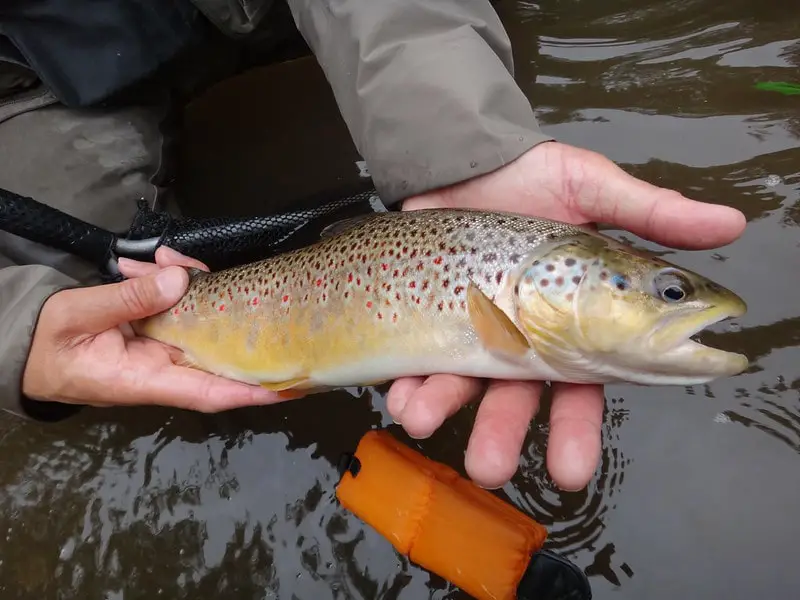
Unlike rivers and streams, trout in ponds tend to roam freely rather than forming schools.
These loan-roaming trout are often on the move, searching for cold, oxygen-rich water that offers ample food sources.
When trout fishing in ponds of various sizes, the key to open water fishing is to locate their preferred habitats.
In spring and fall, reservoirs with active inflows and outflows, such as those connected to rivers or streams, become prime fishing spots.
During these seasons, trout often patrol the near-shore transitions of ponds where drop-offs and ledges are accessible.
In summer, trout seek deeper water for cooler temperatures, usually holding close to the thermocline if there is one or near any spring upwellings. When fishing ponds, targeting the deepest basin year-round can also be a reliable strategy.
2. Concentrating Efforts
To maximize my chances of hooking trout, it’s essential to focus my efforts in the right areas of the pond.
Here are some productive locations to consider when fishing for trout in ponds:
- Deeper parts: Trout prefer cooler water, so I concentrate fishing in deeper sections of the pond, especially during high sun.
- Fish The Windy Side: The wind, especially strong winds can create waves on the far side of the pond. The more waver the more oxygen for the trout. Winds and waves can also store up stuff off the bottom, such as bugs, which can be food for the trout, but the bugs also attract baitfish, which then attracts the trout.
- Overhanging trees: Trees can provide shelter from the sun and predators. There is also a chance that falling insects from the trees will attract trout that feed on falling insects.
- Underwater structures: Fallen trees, docks, rocky areas, and other structures offer protection and serve as hunting grounds for smaller fish, which in turn attract trout.
- Mouths of streams: Highly oxygenated and cooler water near stream mouths can attract trout seeking floating morsels. Streams can also push in drifting insects and other food.
- Dams, weirs, and fountains: These areas bring in highly oxygenated water, making them appealing spots for trout.
3. Shoreline Bait Rigs For Trout
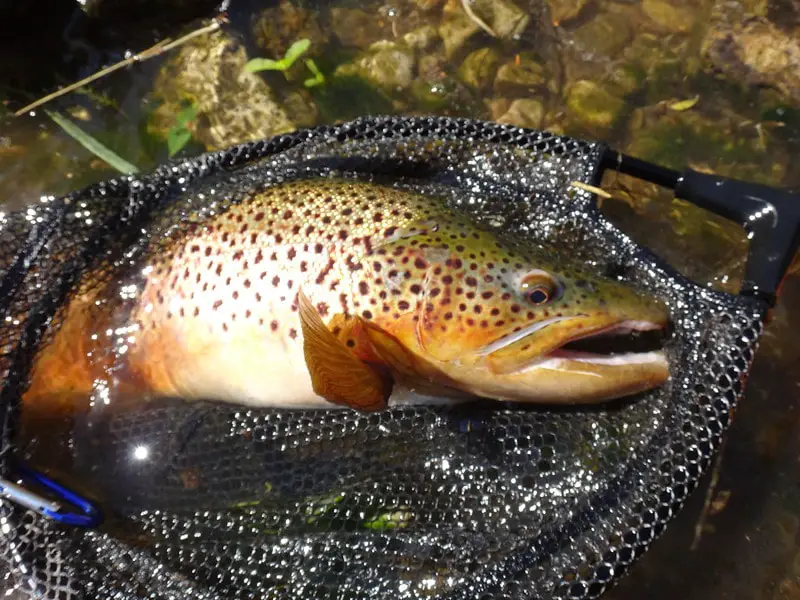
Using appropriate bait rigs help me reach various sections of the water column where trout are likely to be feeding.
Consider the following setups based on the prevailing conditions:
Bottom Rig: This rig works well with floating bait or live bait. Thread an egg sinker or pencil lead and a stopper bead onto the line, followed by a swivel.
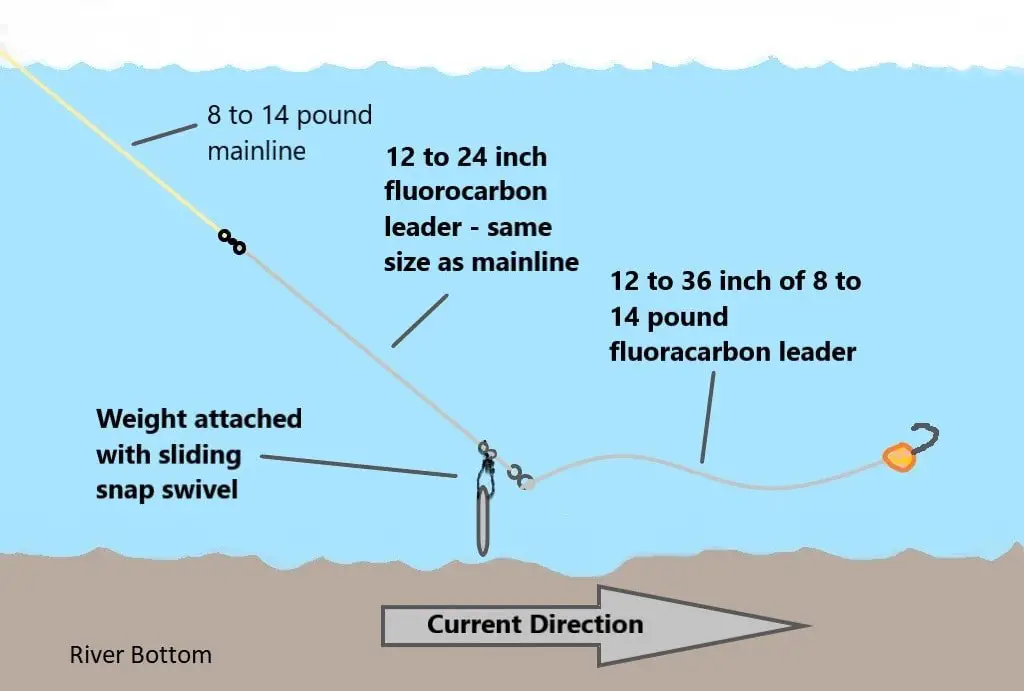
Attach a 2-4 ft. leader with a hook and use floating bait or a floating bead near the hook to keep the bait off the bottom and in the view of more trout.
The floating bottom rig is highly effective in open water, especially when targeting the thermocline.
Once the rig is secure on the bottom, gently tighten the line without pulling and wait.
Slip Bobber Rig: Using a slip float rig is a great way to target trout in still water, especially if it’s deeper than 7 feet.
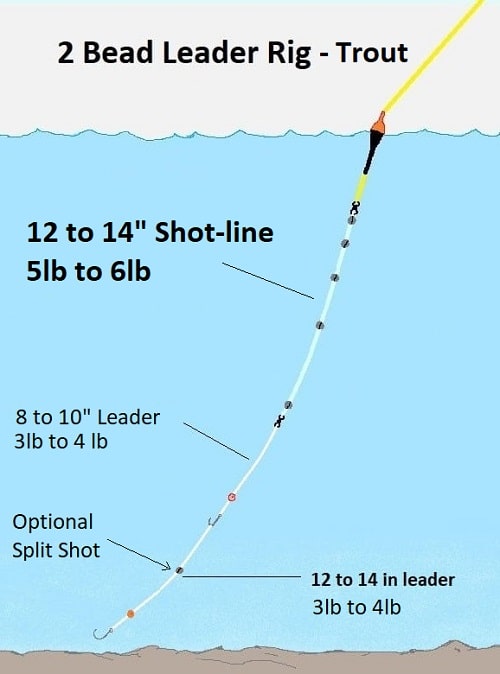
By adjusting the depth of the bait using the slip bobber, I can present it at a desired level in the water column.
Depending on trout feeding preferences, bait options include worms, minnows, or leeches.
Experiment with different depths to find the most productive range.
4. Best Baits For Pond Trout
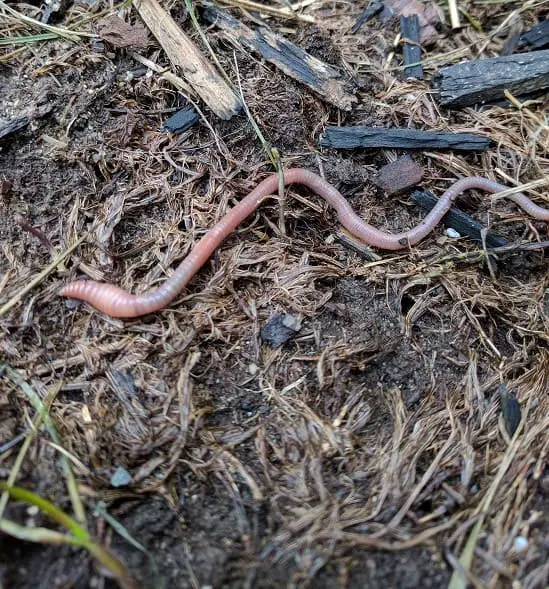
I highly suggest using the same effective baits that expert anglers and trout guides use since these are baits that are proven to work under most conditions and are the baits that are the most consistent producers.
The best baits for pond trout are:
- Garden Worms: small to mid-sized worms from 2 to 4 inches are best.
- Salmon Eggs and Trout Eggs: These are also known as spawn sacs, or roe bags, these emit scent and are natural and hard to resist for most trout.
- Grubs, and insects: Grubs and insects are good baits. These can include lawn grubs, maggots, mealworms, grasshoppers, crickets, and hellgramites.
- Minnows: Live or dead minnows can be very effective. I get these at many tackle stores and bait shops.
- Leeches: Trout love leeches which is why leeches are a great bait for ponds
- Artificial Baits: These are my last choice since they are not always productive in still water where trout have plenty of time to swim up and inspect the bait. The best artificial baits include Berkely gulp worms and grubs, Powerbaits, and Berkely Trout Dough
5. Casting Lures For Trout In Ponds
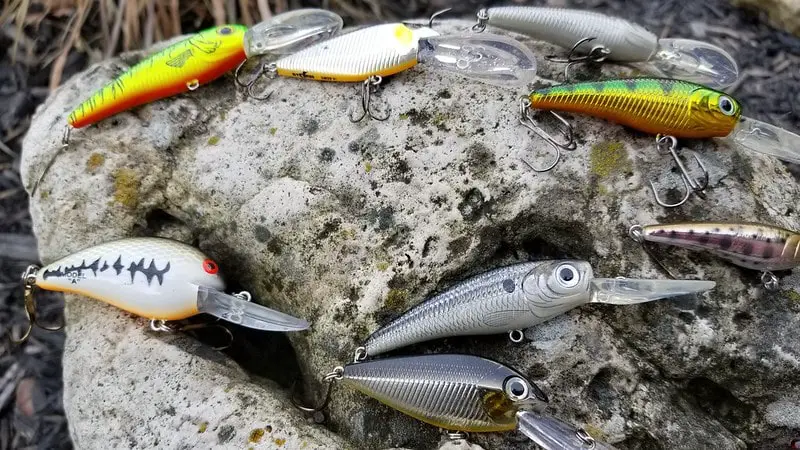
Casting lures is an effective technique for covering a larger area and exploring different depths of the pond. During cooler months, when trout are actively feeding, lures can be particularly successful.
Here are some recommendations for pond fishing for trout:
- Trout Spinners & Spoons: Casting spinners and spoons allow me to quickly locate active trout. Retrieve the lure at a steady pace to mimic bait fish movements. Vary the depth by counting seconds to let the lure sink before retrieval. If I am not getting bites, try a rip, twitch, pause-type retrieve to impart more action and to make the lure look like an injured baitfish. Keep a selection of spinners and metal spoons, like Rooster Tails, in your tackle box to vary your presentation.
- Trout Crankbaits & Soft Plastics: Shallow-running crankbaits and deep-diving crankbaits are great options for targeting trout in ponds. Pause the crankbait to suspend it in place or to rise slowly, enticing the trout to strike. A rip, twitch pause retrieve is also great to entice more bites. This is similar to how bass fishermen entice more bites from bass and it works great for trout too.
- Soft Plastics And Jigs: Soft plastics can be effective in imitating wounded bait fish. Use a quick snap of the line to twitch the bait, simulating a struggling minnow. Add a heavier jig head to get more depth and hop and drop the jig off the bottom. Soft plastic lures, such as jigs and grubs, can be worked through the water column with different retrieves, including swimming, jigging, or yo-yo-ing.
Check out Lure Fishing For Trout.
6. Trolling for Trout In Ponds
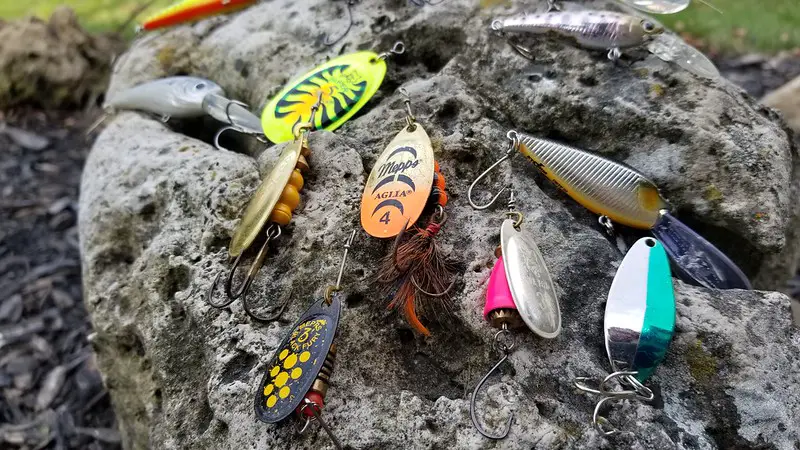
Trolling is a useful method for covering large areas of water at different depths in a systematic manner. This can be done from a motorboat, a canoe, or other small boats. All that is required to troll is a vessel that can drag my lures at a consistent speed, usually between 1-2 mph.
Here are some tips for successful trolling:
- Choose the Right Lures: Select spinners, spoons, and crankbaits when trout are actively feeding. I adjust my lure selection based on the trout’s preferences and the prevailing conditions.
- Depth Control: Without specialized equipment, trolling close to the surface is most effective. Use lures that run 1-3 ft. below the surface. To troll deeper, use deep diving crankbaits, or add split shots spaced 1 ft. apart on the line.
7. Fishing Stocked Trout In Ponds
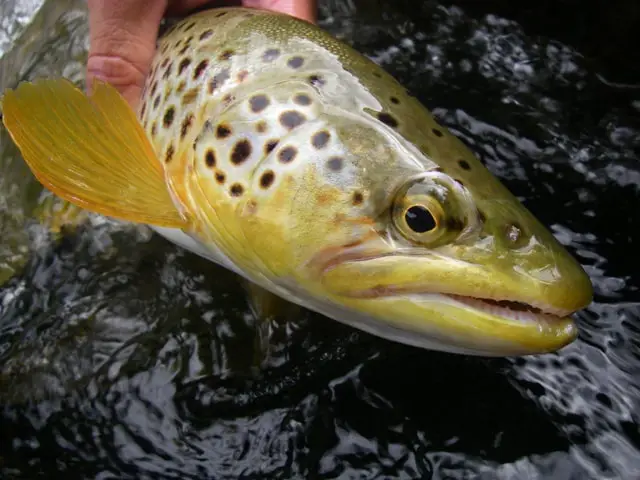
To increase my chances of success when fishing for stocked trout in ponds, arrive early at the pond or lake that has been recently stocked with trout.
After stocking takes place, the stocked trout tend to stick together before dispersing, so being among the first to fish gives me an advantage.
Additionally, newly stocked trout take time to adjust to their new surroundings and are more likely to bite on baits that resemble their familiar food sources. Click the link for more details and tactics for fishing stocked trout.
8. Best Time Of Day To Fish Trout In Ponds
The best time of day to catch trout in a pond is dawn and dusk and the two hours surrounding these times. Trout are most active during these low -light periods when the water is cooler and the sun’s intensity is lower.
Cloudy days can also improve fishing conditions as trout are less wary of the bright sunlight. Towards the end of the day, as temperatures cool down again, trout resume their feeding activity, making evenings another productive fishing time.
9. Gear Recommendations for Trout Fishing Ponds
When fishing in ponds, it’s essential to have the right gear. Here’s a list of equipment I use:
- Light or ultralight spinning rod and reel combo: Look for quality brands like Ugly Stik, which offer good value for money. Check out my recommend combos.
- Fishing Line: Opt for lighter lines, around 4 to 6-pound test, to minimize visibility and increase my chances of success. When trolling, a good fluorocarbon line of 8 pounds or a good braided line is best.
- Hooks: Use wide gape hooks like the Raven Specimen Hook, sizes 8, 10, or 12 are usually best. click the link to see more on sizing and how to rig a hook. I hate bait holder hooks as they have proven to be less effective at hooking and holding trout secure.
- Barrel swivels (size 12 or 14): These prevent line twists and tangles and is great for attaching a fluorocarbon leader.
- Egg sinkers and Pencil Lead(1/4 oz.): Use these to add weight to the rig and get more casting distance when needed.
- Brightly-colored bobbers: Select bobbers that are easily visible in the water to help detect bites. I prefer thin pencil-style bobbers used for river fishing, also known as floats
- Land Rod holder: A rod holder that you can push into the dirt can be useful when fishing from the shore, allowing you to secure your rod and keep your hands free.
- Release Gear: Get a decent trout net, a set of hemostats or long nose pliers, and something to cut the line like nippers.
- Baits and Lures: Use the correct lures and what I call high-percentage trout baits.
In many places, regulations allow for multiple lines in the water simultaneously but some do not.
Spoons and spinners are popular lure choices for ponds. Make sure to check local fishing regulations for any specific guidelines.
Remember, investing in quality trout fishing gear and equipment can greatly enhance your fishing experience. While budget-friendly options are available, choosing reliable and durable tackle will make your fishing trip more enjoyable and increase your chances of landing that prized trout.
Tight Lines,
Graham

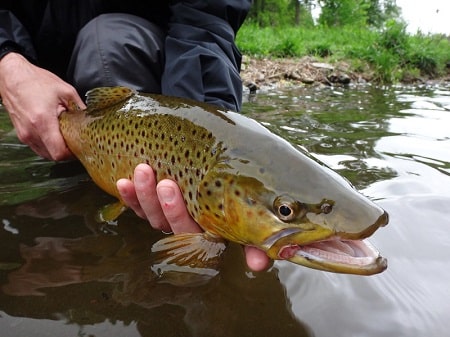
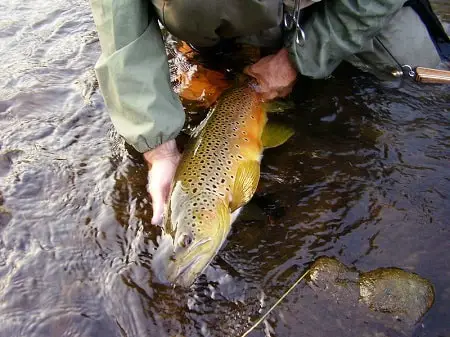
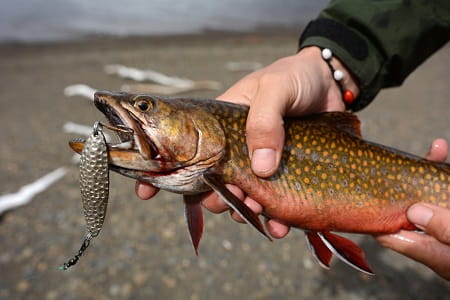
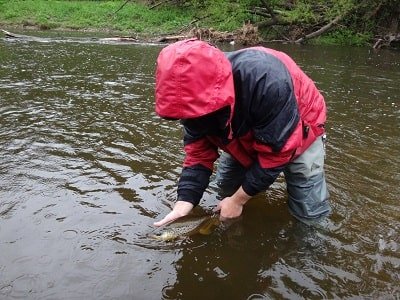
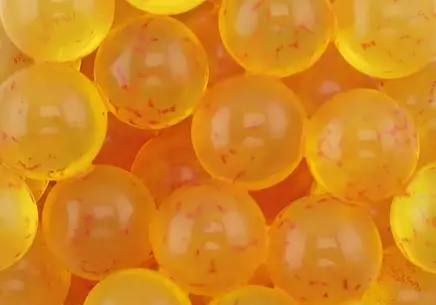
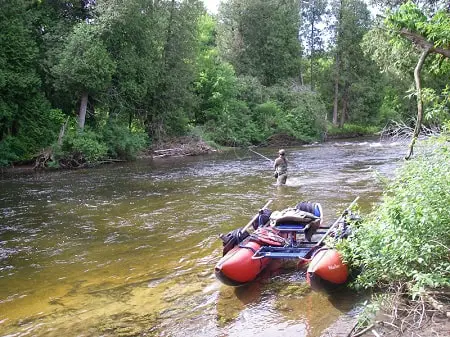
Thanks for the great articles and all the work you put in. My 7 year old son is extremely interested in fishing, so I am trying to learn the rope before taking him on a fishing tip to echo lake near Woodstock NY in early May. Any specific advice for our trip? thanks.
Hey Pat,
My best advice is to hire a local guide if you can afford it. Also, stop in at the closest tackle store and ask them for advice on fishing.
Good Luck,
Graham